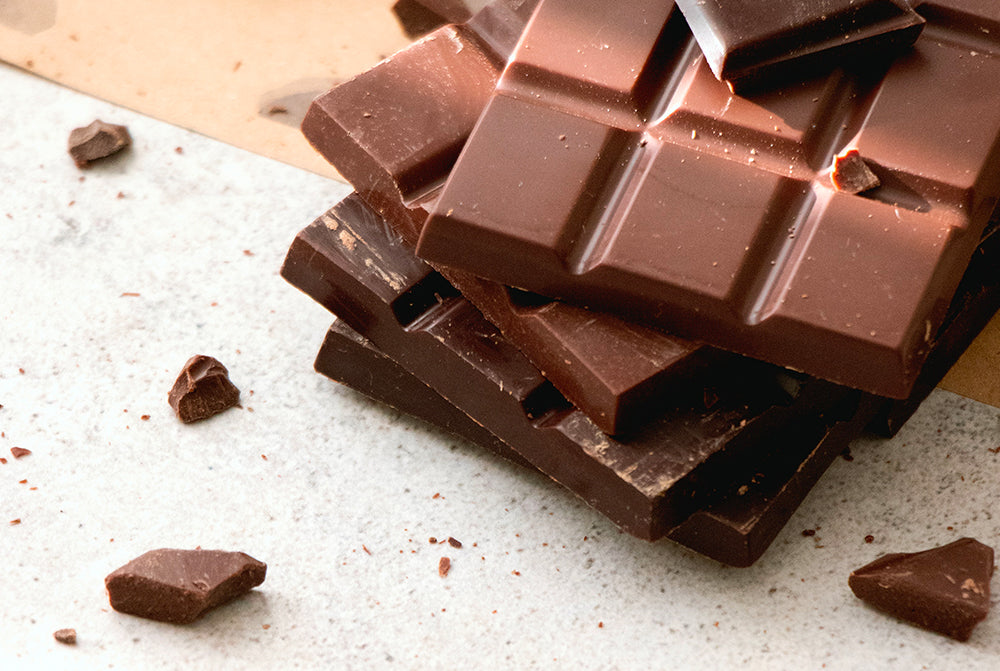
Gourmand-croquant
A story of sweet perfumes.
What do the Gulf and Balkans wars, hot chocolate, Thierry Mugler, candyfloss and a “little black dress” have in common? They are all symbols, more or less obvious, of an olfactory family, the youngest at that: that of gourmand perfumes. Born in 1992 with Angel, it has revolutionised our olfactory landscape. Chocolate and caramel accords, acidulous candy, fruity notes of pear and passion fruit, leathery liquorice, marshmallowy blossoms, it is clear that 30 years since its inception, the gourmand family has invaded our daily lives to the point of redefining them, imposing itself as the marker of not one but two generations. Yet, has it really imposed itself or simply blossomed on a fertile ground?
This is the olfactory history of gourmandise...
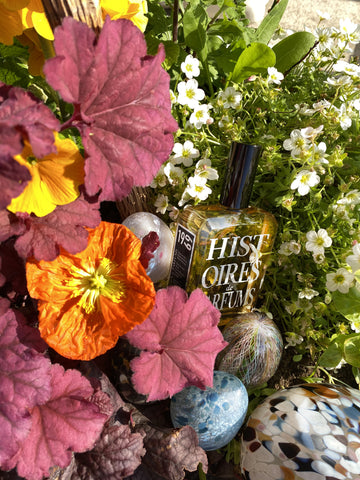
Candy, candy, candy...
When Olivier Cresp presented his fragrance Angel for the first time, the reaction was unanimous: scandalous, and for good reason, as no one had ever such a perfume before. Built on an accord of toffee-coated praline supported by a base of hot chocolate stuffed with vanilla, Angel shocks, closer as it is to an ice-cream aroma than a perfume meant to be worn in an office and now, thirty years later, it seems almost quiet and compassed in comparison to the diabetic monuments that walked in its footsteps.
Introduced in the early days of perfumery, gourmandise -a French word for all things sweet- was nothing more than a facet, most often built around two notes, almond and vanilla, which molecules - vanillin, coumarin, heliotropin, benzaldehyde - were moreover the first to be synthesised in perfumery.
As early as 1850, LT Piver's Héliotrope Blanc presents a hybrid, a sort of candied white-flower Jordan almond. The result, not overtly sweet, will remind anyone use to stuffing themselves with custards and madeleines of a delicate pastry shop.
In 1919, Guerlain creates Mitsouko, a formidable chypre infused with undecalactone, unfolding its milky, velvety peach note over a damp, woody motif studded with culinary spices, pepper and cinnamon.
In 1925, Shalimar, under a shimmering veil of bergamot such we no longer make, dares using ethyl-vanillin to the point of prompting Ernest Beaux to say that "with such a ton of vanilla I would have only been able to make a crème brûlée".
Other examples such as these are scattered throughout the history of perfumery, where gourmandise fleetingly appears dressed in fruits or pastries, just enough to provide its roundness to compositions that could be too ragged, its sweetness to perfumes found too racy, such as in Rochas' Femme in 1944, which violent animality contrasts with Prunol with its intoxicating scent of dried fruits, dates and candied plums.
But why on God’s good earth would anyone be offended by a little praline and some darn hot chocolate?
What scandalised people at the time of Angel’s launch wasn’t so much its sweetness than the proportions it suddenly took on, because for the first time in perfume history, gourmandise was no longer a facet but a theme in its own right. It no longer served the great floral Queens but, like Napoleon, crowned itself, leaving behind its dynastic cloak of vanillin and coumarin to dress in ethyl-maltol. Gasp!
People thought it was a travesty, some were offended, other jostled with each other - perhaps even stabbed each other - and the story goes on to say that some Clarins executives went straight to wash their hands in an ardent desire to get rid of this quintessence of carnival, predicting that this fragrance wouldn’t last long on shelves... because before that day of 1992, ethyl maltol, a molecule with a characteristic smell of caramel and cotton candy, was only used for food flavourings.
Synthesised in the 1970s from maltol, its natural precursor, it quickly made a place for itself in the food industry, serving as a flavour enhancer and sweetener because of its low price and the great variety of its sweet facets. From then on, it went everywhere: yoghurts, biscuits, candy, sodas, fruit juices, tobacco and ice cream, anything that smells of sugar smells of ethyl-maltol. Angel's revolution was less about extrapolating a facet that already existed in perfumery than it was about breaking down the invisible wall between flavour and fragrance, between taste and smell, bringing perfume into a more intimate and impulsive sphere, responding to the same stimuli as our appetite.
Since the early days of perfumery, vanillin and coumarin have been replaced by a whole range of molecules -ethyl-maltol with its smell of caramel, diacetyl and salted butter, popcorn and pyrazines, or chocovan and its downright chocolate-milk scent- all of which have paved the way for a more food-like perfumery as shown in creations such as La Petite Robe Noire in 2009 and its candied black cherry note, or La Vie est Belle in 2012, an iris-praline claiming nearly 4% of ethyl-maltol... a far cry from the 1% of Angel.
...I can’t let you go.
So how can we explain this unprecedented craze that has lasted for almost 30 years and counting, a fact unheard of in the history of perfumery which has evolved on a decade basis?
First of all, it is necessary to look at this merging of the gustatory and olfactory spheres. By passing from one to the other, ethyl-maltol and other molecules in its wake have, so to speak, transferred our relationship from one to the other. From being a luxury item, hermetic and inaccessible composed of materials with exotic and poetic names, perfume has become a consumable, sharing its aromas with those of our candies and our daily life. They have also transferred our addictions, the taste of sugar calling for the smell of sugar and vice versa, it created a cycle of desire and, more broadly, a trend that feeds itself, a phenomenon well summed up by this line from Orange is the New Black: "I like to put some almond oil behind my ears. It makes me smell like a cookie”. Now to make it a subtle reference to Piver's Héliotrope Blanc...
The other explanation for this never-ending trend can be found in history.
Perfume, like fashion, has evolved along with our society, rarely in advance and more often in reaction to the geopolitical or economic upheavals that shook the Western nations in the 20th century. Times of relative peace called for more daring creations, while periods of war saw the popularity of rather outdated and therefore more reassuring perfumes grow.
It is from this perspective that we must look at the scandal and subsequent failure of the first true gourmand in history, Paul Poiret's Le Fruit Défendu, a buttery peach candy released in 1915... in the midst of the First World War. No doubt that had it been released in 1992, it would have been met with a resounding success.
Indeed, 1992 was a pivotal year. The Berlin Wall had collapsed, Germany was reunited, the USSR was shattered, yet these good news were overshadowed by the first Gulf War and the escalating tensions in Greece and the Balkans. The result is a palpable uncertainty, all the more intense as we approached the end of the second millennium and a generational renewal. This sensation of acceleration and completion of time, of advancing towards an unknowable paradigm, forced a retreat, not towards outdated perfumes -relics of a bygone world- but towards a universal experience of comfort: that of childhood and its innocence, that of candy bought in fairs and street carts, that of butter cooking in the pan, of candied-apples glazing, of chocolate, of brioches, from all horizons of the Earth.
The craze for gourmet perfumes is simply regressive, responding to this desire to "smell like a cookie", a desire to return to a simpler and carefreer time.
It is this spirit that motivated the creation of our two gourmands at Histoires de Parfums, 1826 and 1969, each in its own way transcribing something of ingenuity and freedom, one through a powdery heart of heliotrope, coumarin and star anise; the other built on a blend of peach, patchouli and chocolate intended as a tribute to the sexual revolution and to the libertine love triangles that were allowed at the time under the sepia-toned sunshine of Californian roads.


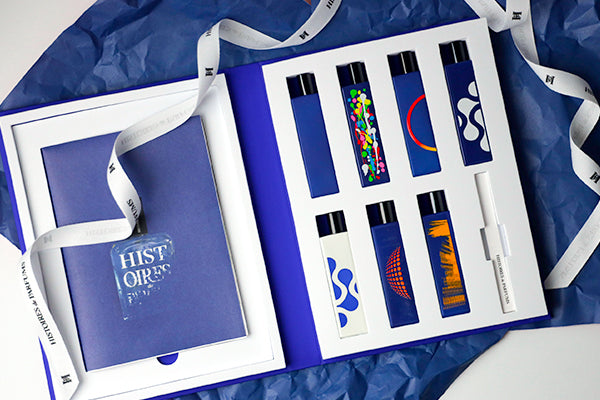
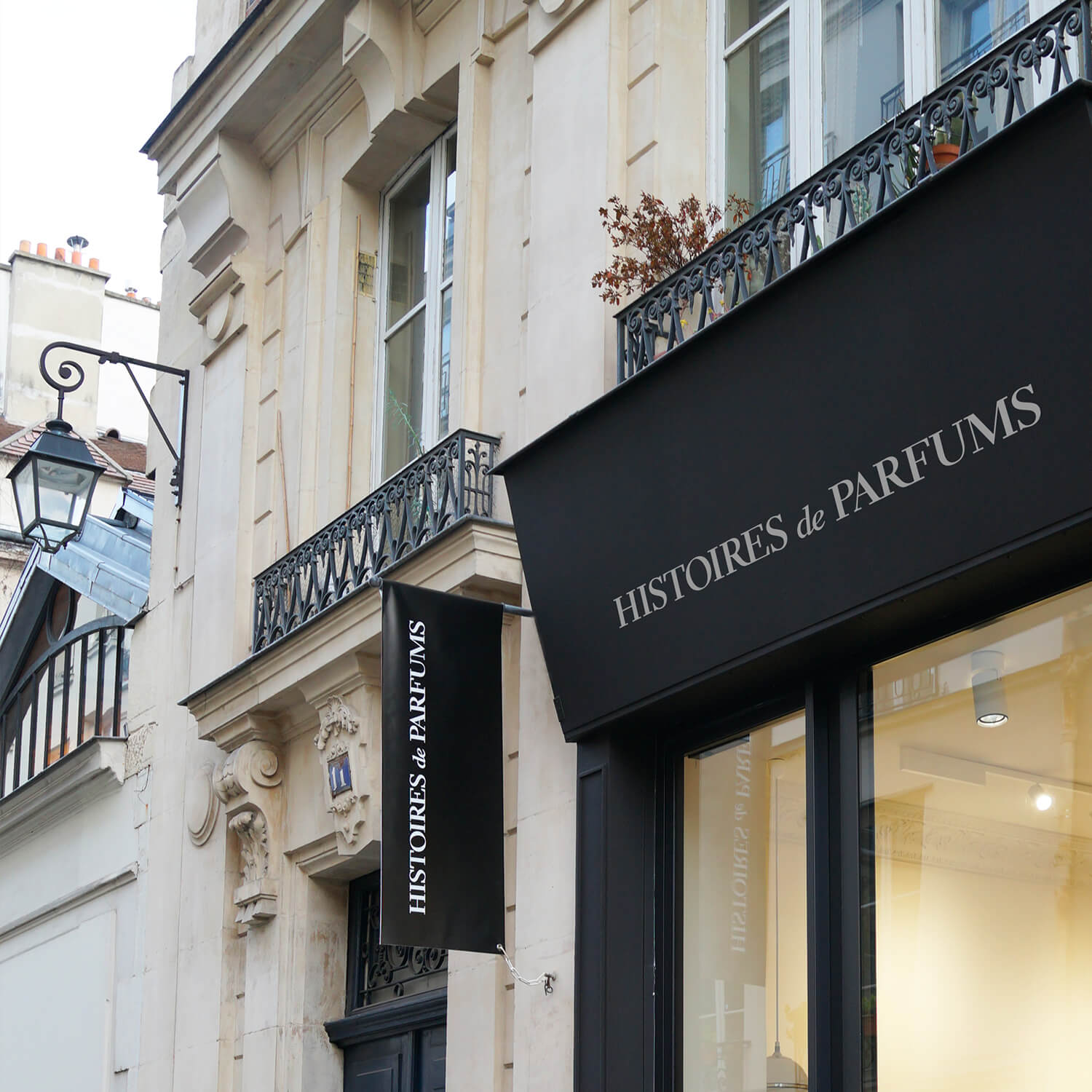
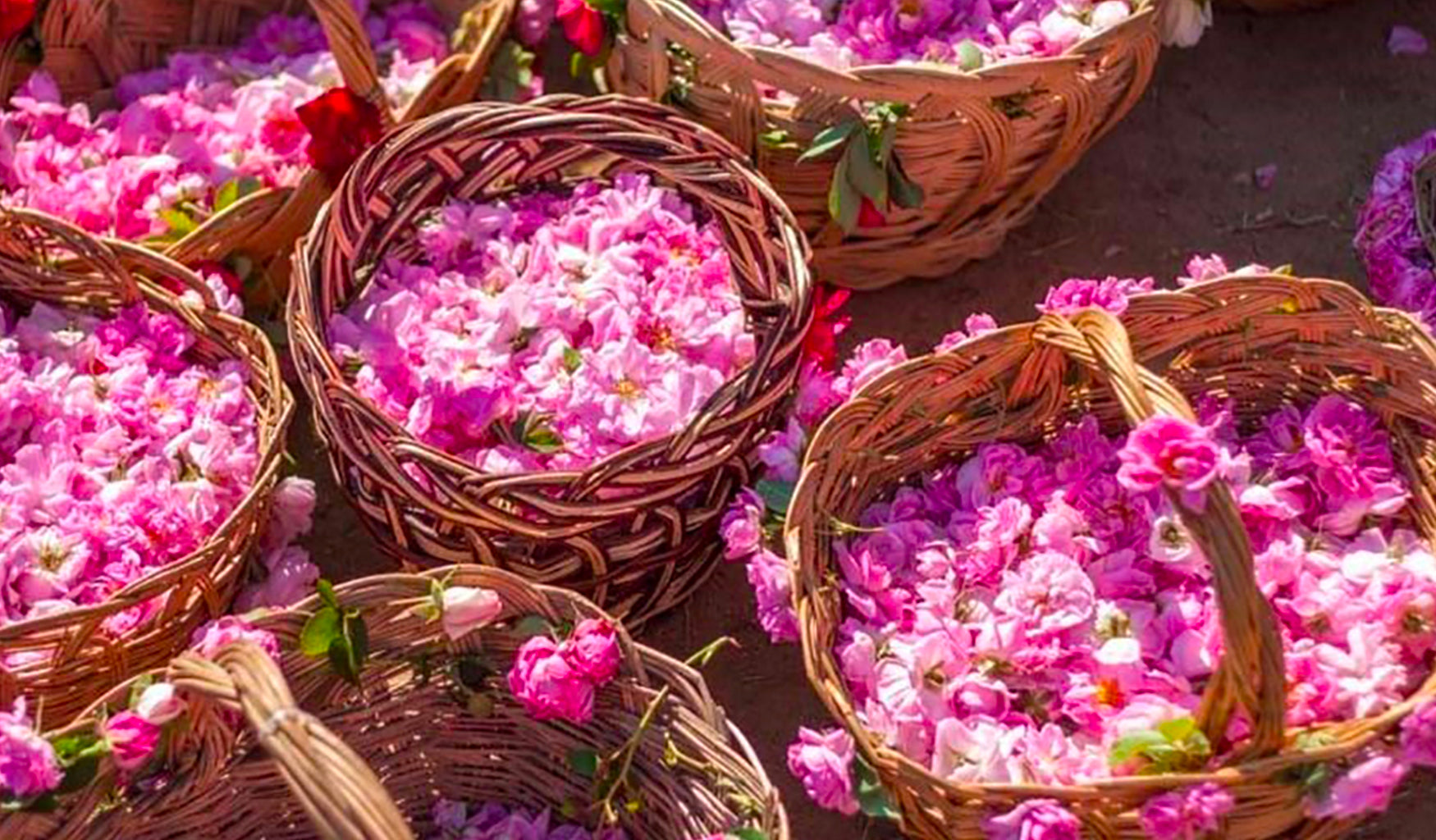
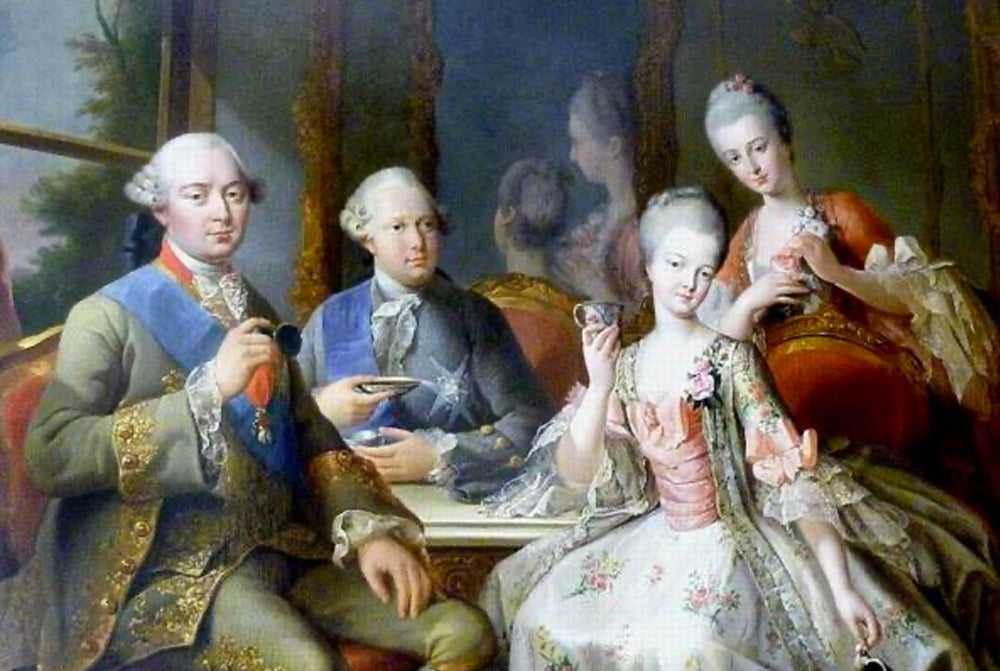


Leave a comment
This site is protected by hCaptcha and the hCaptcha Privacy Policy and Terms of Service apply.